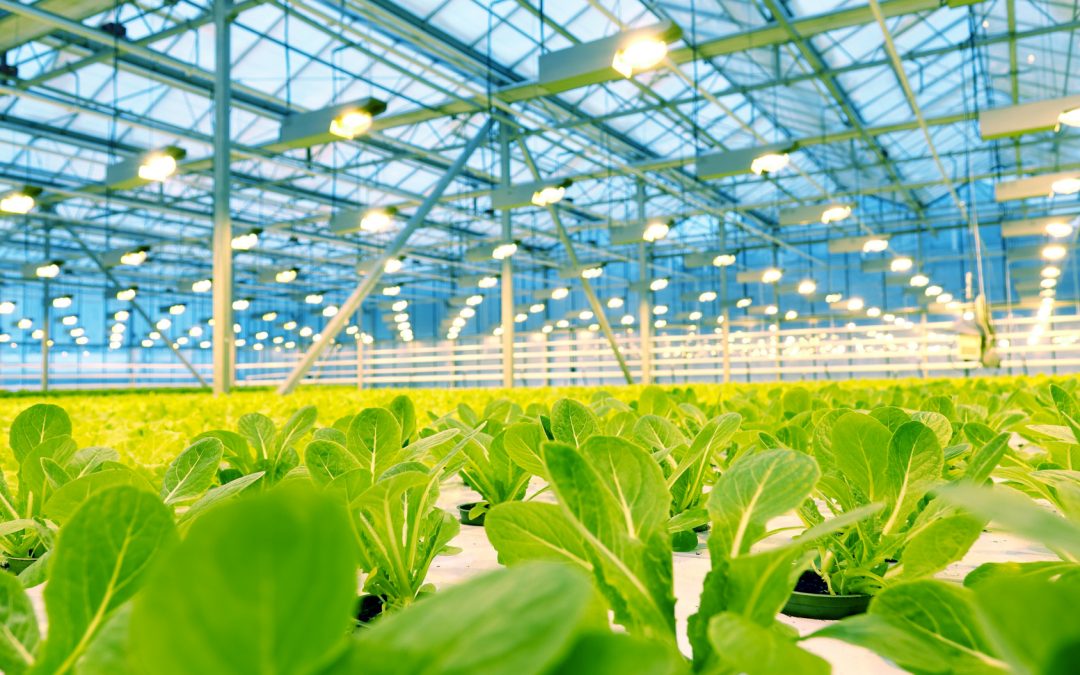The idea behind the 2007 book The 100-Mile Diet was simple: for one year, co-authors Alisa Smith and J.B. MacKinnon would only eat foods grown within a 100-mile radius of their respective homes.
On the surface, this challenge seemed easy enough. After all, we humans survived on “local” diets for millennia. But, as Smith and MacKinnon learned, the modern food supply was not designed to support their 100-mile experiment. Nearby grocery stores simply weren’t stocked with locally produced fruits, vegetables, meats, and other dietary staples. While the authors survived to write a book about their experience, the struggles they faced sticking to what, to prior generations, represented a typical diet, were telling.
As a rule, most people today live far from where their food is grown or produced. In the U.S., where we import 15% of our food supply, including half of fruits and one fifth of vegetables, produce travels an average of 1,494 miles from farm to consumer. Today, the typical American prepared meal contains, on average, ingredients from at least five countries outside the United States. Transporting food to people who live far from farms and ranches is increasingly expensive, complex, insecure, and unsustainable. As more of us move to cities and urban areas, the problem is worsening.
Consider the avocado. Since 2000, the average American’s avocado intake has tripled to 7 pounds per year. Avocado produces, meanwhile, are struggling to keep up.
To meet demand, we import an estimated 85% of our avocado supply. In Mexico, where most of our avocados originate, it takes nearly 32 gallons of irrigated water to produce 1 pound of avocado. So, for consumers in, say, Chicago, their annual avocado habit consumes 225 gallons of water and, travelling nearly 2,100 miles from Mexico to Chicago, roughly 340 gallons of gas.
And then there’s supply chain security. In recent years, record droughts, organized crime, and outbreaks of foodborne illness have disrupted avocado supply chains, causing wholesale prices to more than double.
No wonder guacamole-lovers in Chicago are complaining about guacamole prices.
And it’s not just the avocado. Recently, lettuce, orange, blueberry, and cilantro prices have jumped due to supply shocks. As the world’s population continues to march toward 9.7 billion by 2050 (or 33% more people than we are feeding today), many of whom will be part of the growing global middle class, this much is clear: the food supply chain most evolve.
As it stands today, we produce food too far from the point of consumption, leading to excessive transportation costs as well as complex supply chain logistics that leaves the food supply vulnerable to disruption. Current food production methods are too resource intensive, using up excessive amounts of water and nutrient inputs. If left unchecked, we will only set ourselves up for more food price volatility and food insecurity going forward.
All of this, taken together, is unsustainable.
A vertical solution
As the world’s population continues to grow, so does the importance of building secure and consistent food supplies. The amounts of available arable land and water to support conventional agriculture are dwindling, with land down by one third in the last 40 years due to erosion and pollution damage.
That’s why indoor agriculture is one of the fastest-growing industries in the United States.
As of 2017, there are more than six million indoor farmers worldwide, and vertical operations are multiplying quickly. Unlike conventional agriculture, which is locationally tied to areas with sufficient land and water, indoor farming is decoupled from such needs. Located closer to the urban populations they feed, indoor farms cut down on transportation costs and other logistical complexities. Less susceptible to weather, political and other system shocks, indoor farms help create a more stable and secure food supply chain.
What’s more, using technology to control farm inputs and create artificial growing environments, indoor farms are far more efficient than traditional farms, using 95% less water, 50% less fertilizer and zero pesticides, herbicides, and fungicides. Able to harvest year round, indoor farms are also far more productive than traditional farms. One Japanese indoor farm, for example, claims it can produce 100 times more heads of lettuce per day than an outdoor counterpart of the same area, and also produces 80 percent less food waste. And because indoor farms are, by definition, controlled indoor environments, they mitigate food safety issues that have plagued traditional agriculture of late.
They’re generating revenues too. Cannabis is the highest revenue generating crop for indoor farmers at about $112 per square foot (or $4.8 million) per acre, followed by salad greens at $64 per square foot ($2.8 million per acre. Strawberries are the lowest revenue crop, but still generate about $22 per square foot ($1.0 million per acre).
This is a high-growth market that is still in its infancy and is expanding quickly. The indoor farming segment has seen a 45x increase in investment in the last six years, with vertical farming on track for a 30.7% compound annual growth rate (CAGR) between 2015 and 2020 and smart greenhouse operations growing at 13.1% CAGR. The vertical farming market alone is expected to hit nearly $4 billion by 2020, as evidenced by recent large investments in the sector.
Profits are up, demand is rising and the cost of technology has fallen, leading to dramatic growth in this critical agricultural market.
This is the future of food. It is capable of producing more yield with drastically less land, pesticide and fertilizer usage, compared to traditional farming methods, and can be adapted to support a wide variety of different crops.
Challenges for growers
However, indoor farming as it is now is an inefficient, difficult process to manage, leaving many facilities short of their potential. As of today, production planning for many of these facilities is reactive, not based on any hard data or metrics. Farmers get the seeds and inputs they need from their suppliers, plant them, manage the climate to help them grow, and then hope for the best when it comes time to harvest and sell their products.
It is time for vertical farming to get smart.
Based in Brooklyn, NY, Agrilyst’s SaaS-based platform provides indoor farmers with data-driven insights to make more profitable production decisions, optimizing labor cost efficiency and improving crop yield. With Agrilyst, indoor growers create seeding plans, schedule harvests, assign tasks, manage climate and nutrient density, and forecast yield, sales, and varietal performance.
According to Agrilyst, data-driven agriculture optimizes the production process by putting everything the farmer needs to know about their business, and their farm, right in front of them.
- Crop scheduling is automated based on facility needs and available space. This means the farm is operating based on real-time performance, rather than hopes or expectations.
- Plant growth time and crop selection are measured, enabling the farmer to identify their best-performing plant varieties, whereby reducing their risk of loss and leading to higher quality crops.
- Sensor and nutrient data are used to manage the vertical farm climate, leading to higher nutrient density and better climate management.
- By collecting yield and sales data, as well as varietal performance, farmers are able to put together yield/sales forecasts that are as much as 90% accurate, leading to better long-term planning.
Learn more about Agrilyst.






